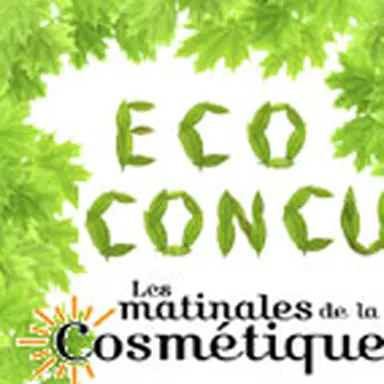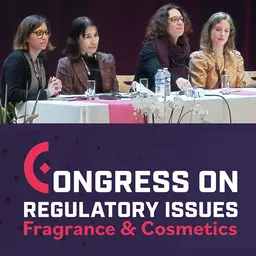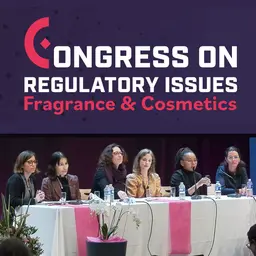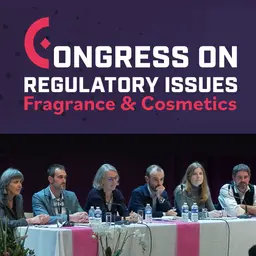
To design, to manufacture and to market a cosmetic product so as to minimize its impact on our environment: this is no longer a trendy idea, more a strong movement, a necessary change for a responsible cosmetic industry. Eco-design, a nice concept, is, nevertheless, an idea difficult to catch, and complex to carry out. What can be done to understand it better? For which purpose? This was the topic of the 18th Breakfast Meeting - Cosmetics (Matinales de la Cosmétique) organized by Sylvain-Romain Cotte (SRC Consulting), held on 30 June 2011 in Paris.
July 4, 2011
Eco-design, every one asks for … Consumers who like to know they act responsibly when choosing eco-designed products, politicians who emphasize the worries about the future of our planet by putting in place regulations for a better environment (such as the
REACh
regulation for chemicals), or react to catastrophic events by modifying the laws, regulations, etc., (as an example, after the Fukushima nuclear accident, the map of the seismic areas in France has been updated), the manufacturers, who shall meet both the consumers needs and the mandatory requirements …
Eco-design: a booming industry
The situation is in favor of the eco-design of all the mass-produced products, whatever they are, from washing machines to cleaners, the cosmetics obviously being a target.
The paper by Philippe Schiesser, Director in
écoeff
(a research department specialized in eco-design) highlighted figures backing the dynamic of this market:
• in 2010, the growth rate of "eco" and "organic" products is in the 10%-20% range
• from 2004 to 2007, the average annual growth rate has been 24% for products with an "eco-label" (a figure of 210% for upkeep and cleaning products) and 37% for cosmetics with the
Cosmebio
label.
Labels are an indicator …












